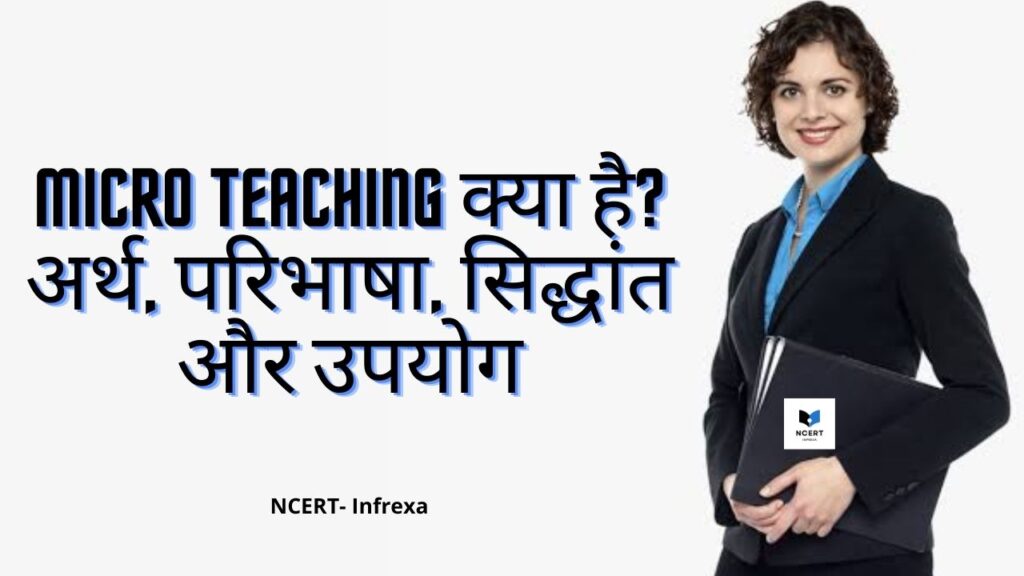Becoming a government teacher is a fulfilling career choice that requires interest, dedication, and the right qualifications. This guide will walk you through the courses, eligibility criteria, and steps to become a government teacher, including key qualifications like CTET, TET, NET, B.Ed, and the Diploma in Elementary Education (D.El.Ed).
Before moving into the process, it’s important to note that teaching is not merely a profession; it’s a responsibility to shape the future of the nation. Teachers play a crucial role in guiding students to become responsible citizens who are the backbone of the country.
Key Qualities of a Good Teacher
A good teacher:
- Understands the needs and aspirations of each student.
- Encourages success without prejudice based on caste, race, religion, gender, or socioeconomic status.
- Develops students’ ability to think critically and empathetically.
How to Become a Government Teacher in India
Every year, many candidates aspire to become government teachers. However, a lack of proper guidance often prevents them from achieving their goals. Below is a step-by-step guide to help you navigate the path to becoming a government teacher.
Step 1: Complete Intermediate Education (12th Grade)
The first step is to pass the 12th-grade examination. Choosing the right subjects based on your interests is crucial, as this decision will shape your career in teaching.
Step 2: Pursue a Bachelor’s Degree
Choose a bachelor’s degree (BA, BSc, or B.Com) depending on your stream in the 12th grade. For example:
- Science stream → BSc
- Commerce stream → B.Com
- Arts stream → BA (e.g., Political Science, History, or Economics)
Step 3: Pursue Post-Graduation (Optional)
This is for Higher Education Roles. If you aim to become a Post Graduate Teacher (PGT) or a professor, a post-graduate degree (MA, MSc, or M.Com) is essential. Ensure your post-graduate course aligns with your undergraduate subjects.
Step 4: Complete a B.Ed. Degree or a Diploma
A B.Ed. (Bachelor of Education) degree is mandatory to teach in most schools. This two-year course enhances your teaching skills and provides practical teaching experience. Eligibility:
- General category: 50% marks in graduation
- SC/ST category: 45% marks in graduation
Alternatively, if you wish to teach at the primary level, you can opt for the Diploma in Elementary Education (D.El.Ed), a two-year course focused on primary education.
You may also pursue D.Ed (Diploma in Education), also known as JBT (Junior Basic Training) in some states. The course duration is two years if you are a graduate, or four years if you have only completed the 12th grade.
Step 5: Clear CTET/TET Exams
To be eligible for government school teaching roles, you must pass the CTET (Central Teacher Eligibility Test) or TET (Teacher Eligibility Test):
- CTET: For central government schools like Kendriya Vidyalaya and Navodaya Vidyalaya.
- TET: For state government schools.
Both exams consist of two parts:
- Part 1: For teaching classes 1 to 5 (PRT).
- Part 2: For teaching classes 6 to 8 (TGT).
After clearing the CTET or TET exams, you can become a teacher in government schools run by the state or central government.
Step 6: Consider NET for College-Level Teaching
If you want to teach at the college level, passing the NET (National Eligibility Test) is mandatory. The NET is designed to assess the teaching and research skills of candidates aspiring to work in higher education institutions. It is a crucial step for those looking to secure positions as lecturers or professors in colleges and universities.
To be eligible for the NET, candidates must have completed their post-graduation with at least 55% marks. This applies to students from general categories, while candidates from reserved categories may have relaxed criteria. The subject in which you appear for NET should align with your post-graduate specialization, as it forms the basis of the teaching or research role you will pursue.
After clearing the NET, you can further your academic career by pursuing a PhD. A PhD not only deepens your expertise but also increases your chances of securing advanced roles, such as becoming a professor or even the Head of Department (HOD). These roles require a combination of academic knowledge, research experience, and teaching ability, all of which are strengthened by obtaining a PhD.
Teaching Roles and Qualifications
- Primary Teacher (PRT): A PRT teacher teaches students in classes 1 to 5. Required qualifications include D.El.Ed, D.Ed, or BTC. After completing one of these courses, qualifying for the CTET or TET exams is mandatory to apply for government vacancies.
- Trained Graduate Teacher (TGT): A TGT teacher must hold a graduate degree and a B.Ed. and pass the TET exam. TGT teachers are eligible to teach classes 6 to 10.
- Post-Graduate Teacher (PGT): A PGT teacher must have both a post-graduate degree and a B.Ed. PGT teachers typically teach classes 11 and 12. Passing CTET or TET exams is required for this role.
- College Professor: To become a professor, you must pass the NET exam after post-graduation. Additional qualifications like a PhD may be required, and career progression could lead to positions like Head of Department (HOD).
Conclusion
To pursue a career as a government or private teacher, you must meet the educational requirements, including a bachelor’s degree, post-graduate degree (if applicable), B.Ed., or D.El.Ed., and pass relevant exams like CTET or TET. Gaining experience and having a deep interest in your subject will further enhance your qualifications for a successful teaching career.




